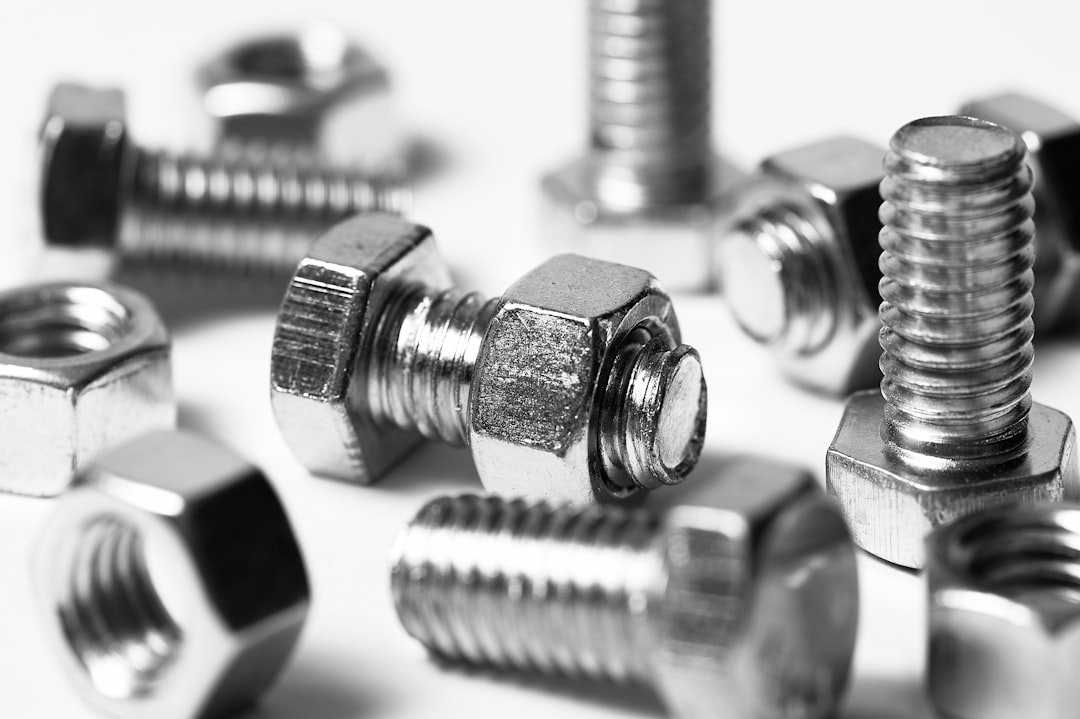 Photo From unsplash
Photo From unsplashOriginally Posted On: Head Studs Vs. Head Bolts: Which One To Choose For Better Engine Function (realitypaper.com)
Diesel engines are not anything new in the automotive industry. Diesel engines serve the industry for ages, and It is a very reliable and high-performance engine in heavy loads and extreme conditions. With time, there came various Upgradations that are helping the engines evolve more and fit into the modern requirements. The head studs and head bolts are a part of the updates. Both the studs and the bolts act as hardeners, but some primitive differences make them different. You need to know the differences, drawbacks, and advantages before attaching one to your engines to have the machines’ best performance. Please scroll below to know to get a brief discussion about the head bolts and studs.
Head studsYou can use the head studs to install the cylinder heads. It is advantageous in places where you need frequent head removal and cleaning. It does not have an attachment head like the bolts. The LLY head studs provide more accurate attachment facilities, torque, and consistency that the head bolts.
Head BoltsHead bolts usually have threads on both sides, and they tie with the heads. The bolts will always have a leader, unlike the stud. It has an open middle section without the thread.
Head Bolts Vs. Head StudsIt would be best to look at some things before choosing the engine fasteners for your car or truck. The gasket design, the removability, or Upgradtions services are essential facts. You also need to take care of the torque pressure efficiency, alignment, and acceleration potential factors before choosing the fastener. Because as a matter of fact, you can’t expect to have the same type of clasp for your formula One racing cars and regular Premios.
Strength efficientThe head bolt goes through the cold press before it cuts the thread to the engines. It ensures more endurance in extreme conditions and better performance under pressure. The head bolts also have a hardened washer. It improved the engine function even more. Most of the manufacturers nowadays produce the head bolts with a flange dynamic. It allows more flexibility to the design, and this, you need less frequent valve removal and changing.
The head studs also have a thermal treatment before cutting the threading to engines. It also has a concentric shape with multiple cuts and conditions to ensure better balance and efficacy. With more or less the same service, the head studs come a little expensive than the head bolts.
Torque pressure efficacyYou can directly fasten a head bolt in the engine socket using the finger tightness. It means it’s enough to tighten the studs to the extent your hands can afford. Later on, a nut fastens the head and gives the strength to the join. Here no rotational force comes into action. So, when you put a heavy load on the engine, it will only stretch, and the chances of head gasket failure will reduce.
On the other hand, the head bolts need both rotational and direct clamping forces to fasten with the engines. As the bolts have ahead, you have to use torque to place them in place. So, the machine has to overcome both the rotational and vertical clamping forces. It makes them more unstable, and the chances of engine failure increase.
ConclusionDepending on several factors, like easy moveable joints, head gasket failure, heavy load, and engine failure, the head bolts are beneficial and efficient for regular vehicles. The head studs are a necessity for heavy-duty or fast engines like that of the sorts of cars.
